How to identify the body size of ISO A and ISO B quick coupling?
What are ISO A Quick Couplings?
ISO A quick coupling is a quick coupling that meets the requirements of ISO 7241 A series for dimensions requirements. The ISO 7241 standard not only specifies the connection dimensions requirements but also the flow rate, working pressure, burst pressure, fluid loss during disconnecting and connecting, etc., depending on the performance of the carbon steel material body. ISO A quick-release couplings are quick-release couplings that meet the requirements of the ISO 7241 A series of connection dimensions. Other requirements may not necessarily meet the ISO 7241 standard, depending on the material of the quick coupling.
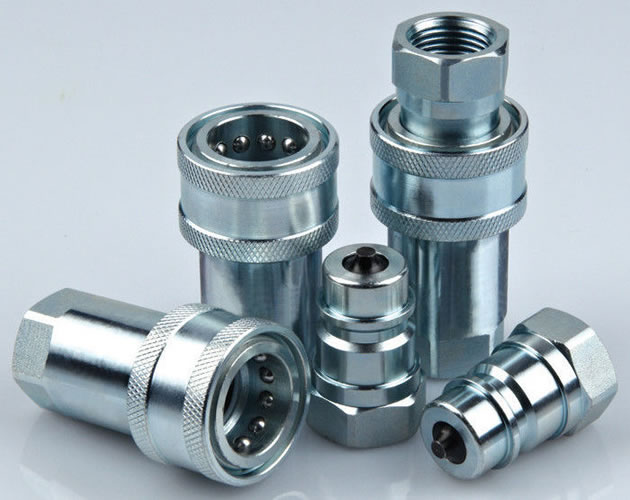
What are ISO B Quick Couplings?
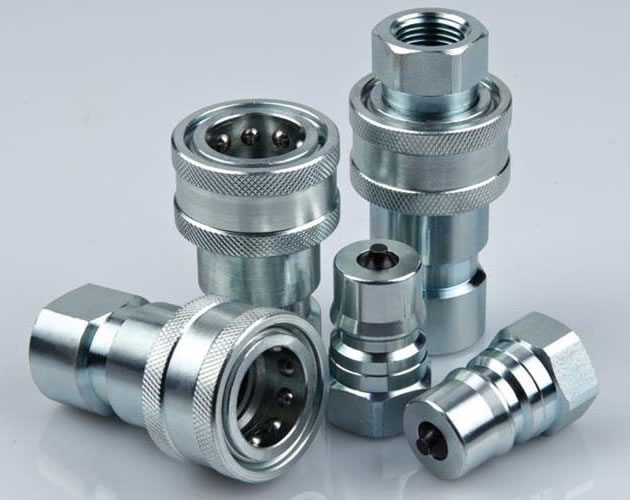
As the definition of ISO A quick coupling, ISO B quick coupling is a quick coupling with connection dimensions that meet the requirements of ISO 7241 B series dimensions. For ISO B quick couplings made of carbon steel, all parameters must meet or exceed the requirements of ISO 7241. For other materials, such as stainless steel or brass, only the dimensional requirements are met in order to achieve interchangeability in the connection, but other parameters do not necessarily meet the requirements of ISO 7241.
What is the quick coupling body size?
The body size designation corresponds to the nominal size of the hose recommended for use with the coupling. In the ISO 4397 standard, the nominal size of the hose is specified. This unifies the hose standard worldwide. The body size of the quick coupling corresponds to the hose standard, which specifies the corresponding connection size. As an example, in the hose size standard listed in ISO 4397, we can find a hose size of 10mm, which translates into inches of 3/8″. The recommended body size for this hose corresponds to the body size of the quick coupling is 10mm or 3/8″. Then, in the ISO 7241 A series, the corresponding connection size requirements are given for this body size.
What is puzzling is that if you compare the two standards, some of the body sizes in the ISO7241 standard cannot be found in the ISO4397 hose size table. For example, in the hose size table, you can find 19mm, and 51mm, and in ISO7241 standard, you can find only 20mm and 50mm. Switch to another standard ISO 16028 for flat quick couplings, and you are correct. The 19mm is included in the body size standard, not the 20mm. The corresponding inch size is 3/4″.
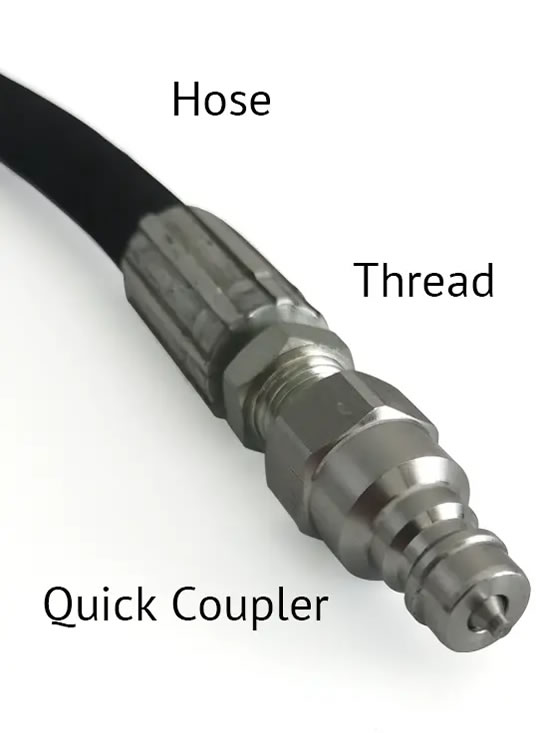
How to identify the corresponding body size by measuring the male end of the quick coupling?
We know that the ISO7241 standard gives the corresponding hose size to the body size of the quick coupling connection size requirements. Then we can determine its body size by an obvious dimension.
The male coupler’s size of the quick-release coupling is easier to be measured than the female coupler’s. We usually measure the outside diameter of the male coupler to identify the body size of the quick-release coupling.

| ISO A Body Size | Diameter | ISO B Body Size | Diameter |
| 5 (1/8") | - | 5 (1/8") | 10.85 mm |
| 6.3 (1/4") | 11.8 mm | 6.3 (1/4") | 14.15 mm |
| 10(3/8") | 17.25 mm | 10(3/8") | 19.05 mm |
| 12.5(1/2") | 20.52 mm | 12.5(1/2") | 23.50 mm |
| 20(3/4") | 29.05 mm | 20(3/4") | 31.40 mm |
| 25(1") | 34.27 mm | 25(1") | 37.75 mm |
| 31.5(1-1/4") | 44.95 mm | 31.5(1-1/4") | - |
| 40(1-1/2") | 54.95 mm | 40(1-1/2") | 44.45 mm |
| 50(2") | 65.05 mm | 50(2") | 63.20 mm |
The diameter tolerance would be about ±0.05 mm







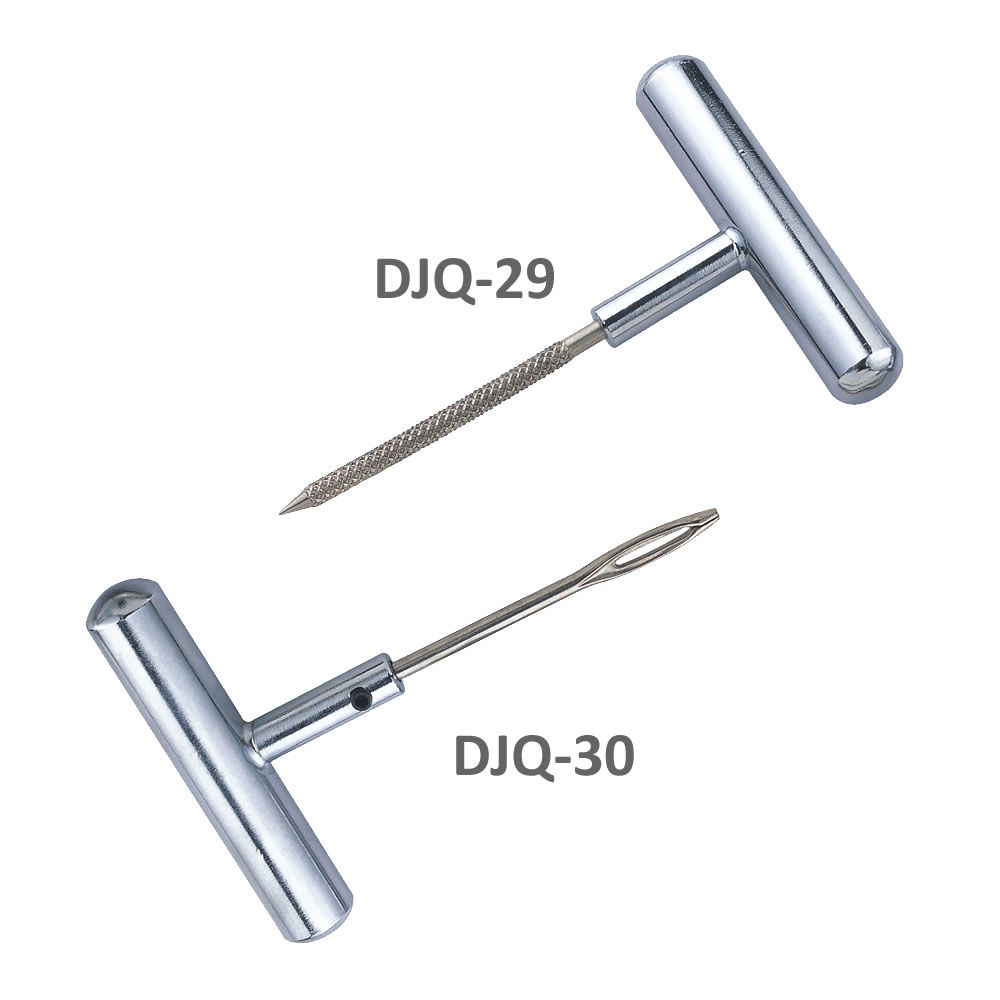
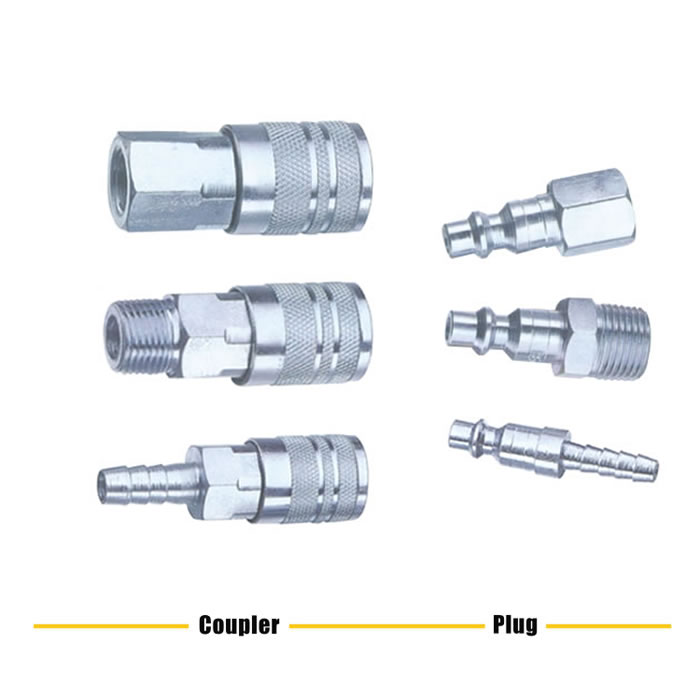
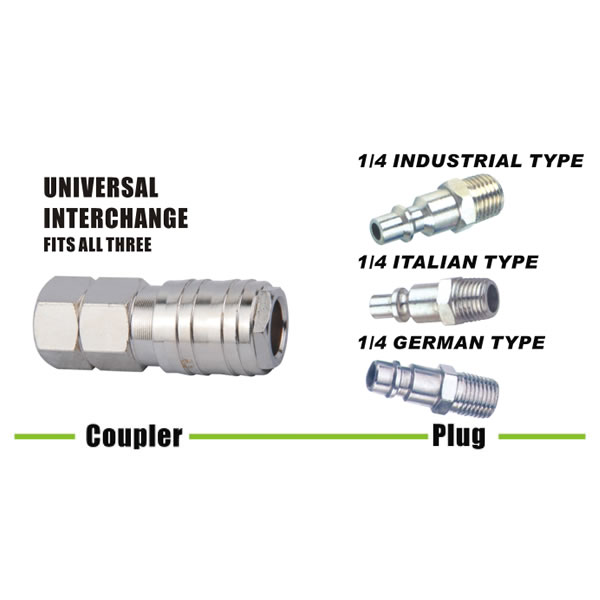

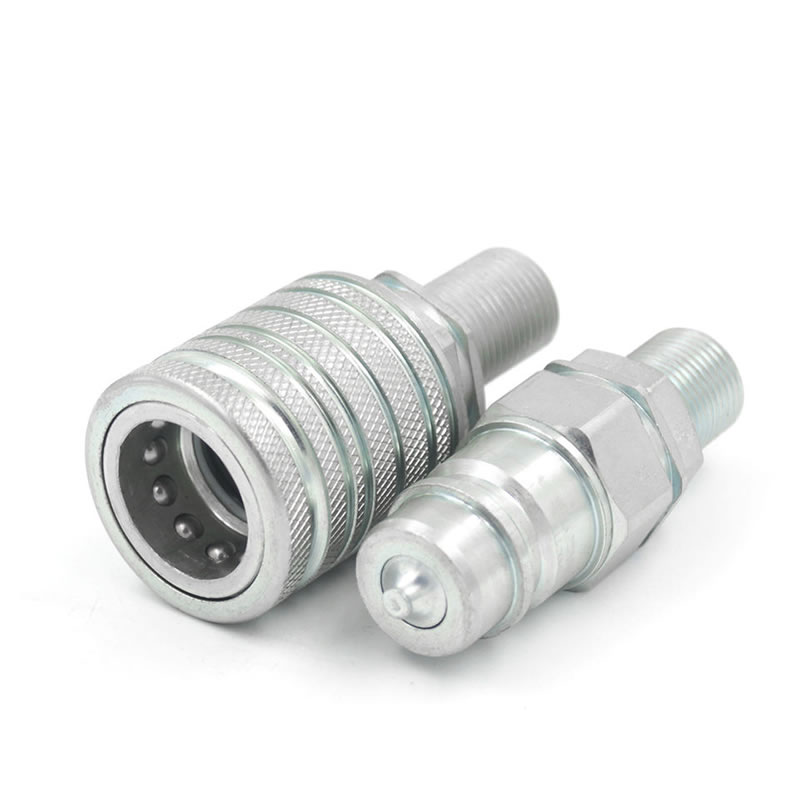
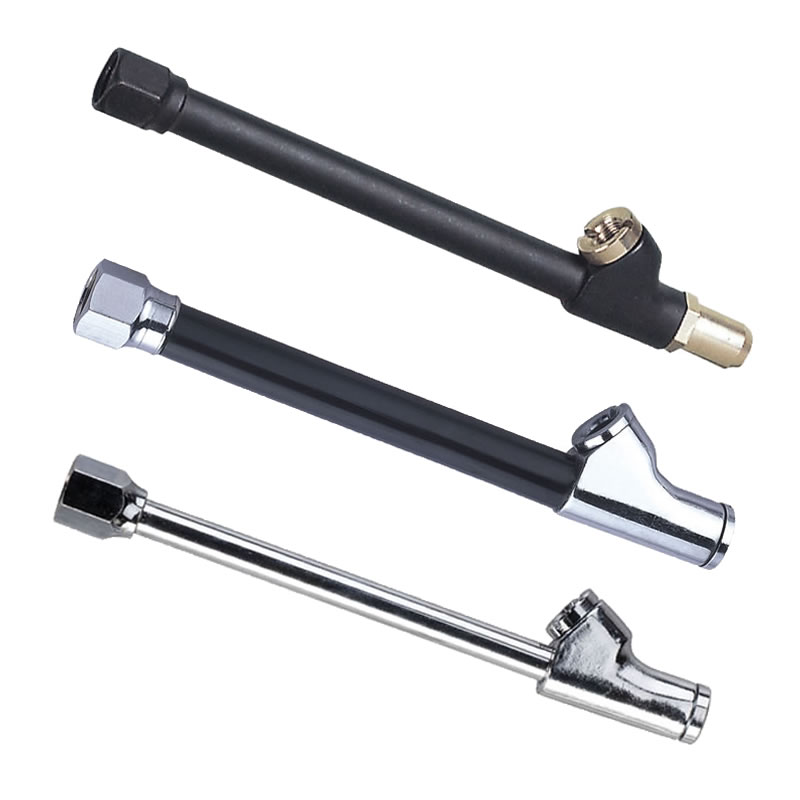
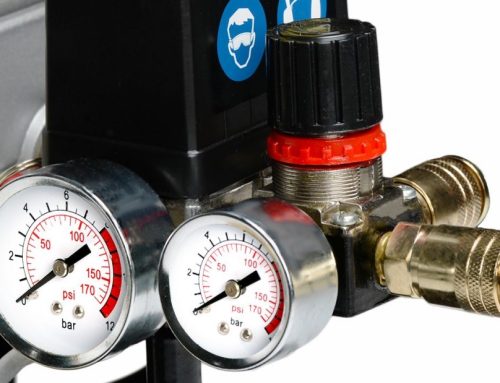
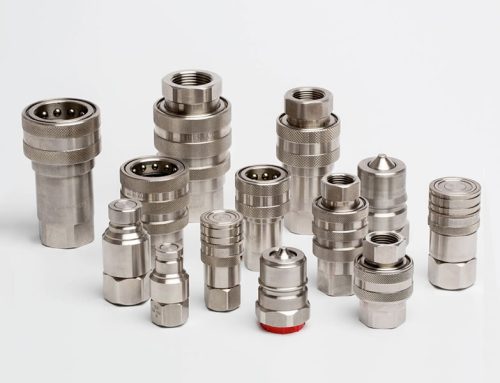
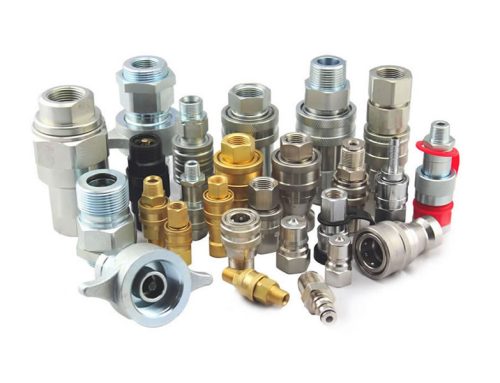

Leave A Comment